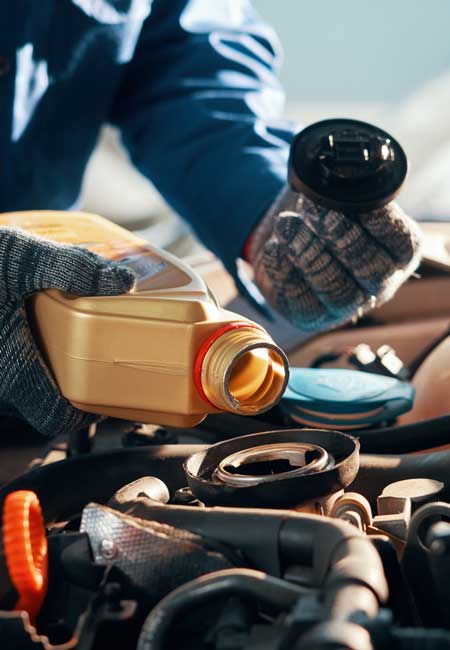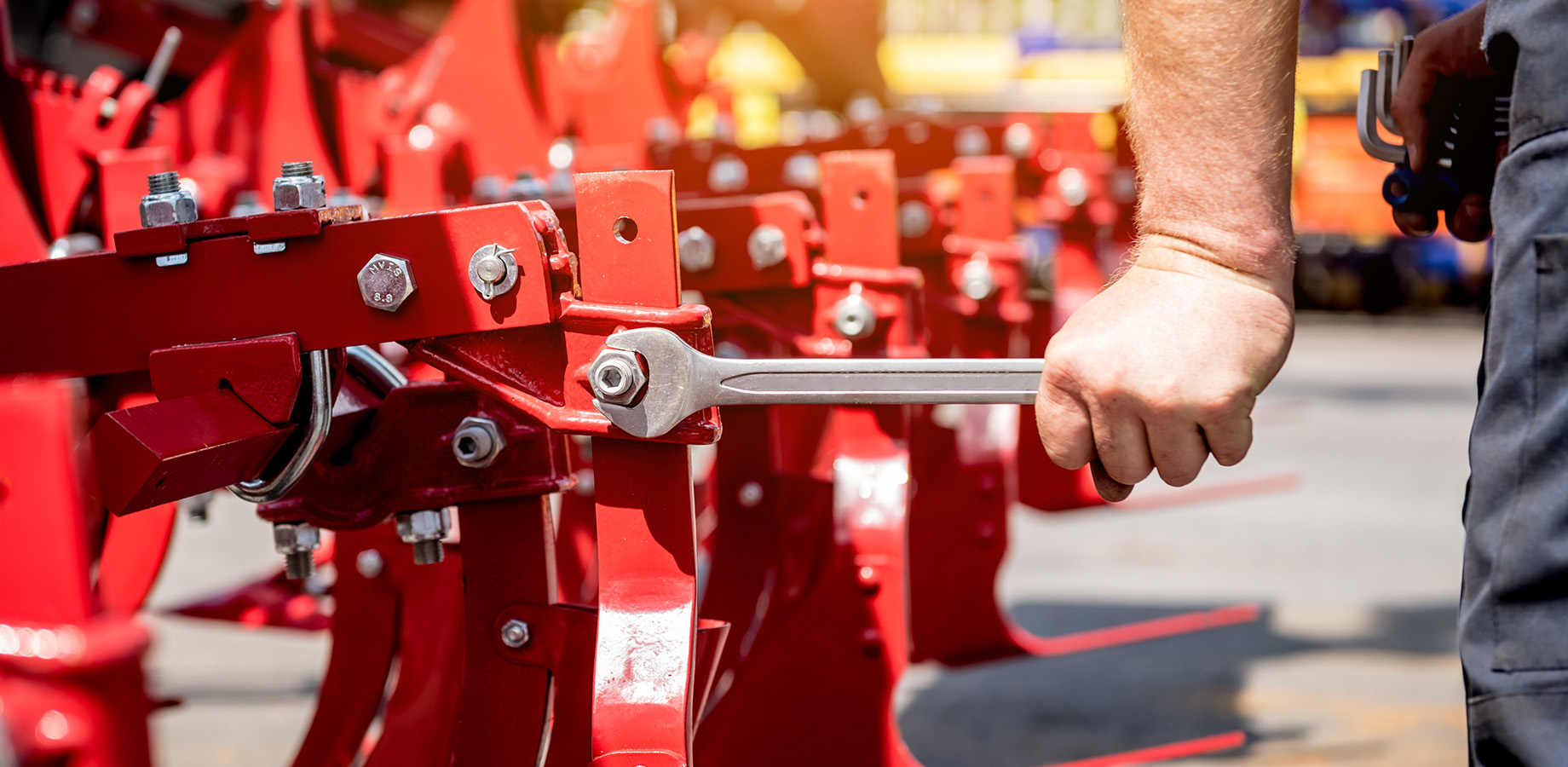
How maintenance plays a role in agriculture
Both planned and unplanned maintenance play a crucial role in keeping a farm running. These two types of maintenance help farmers adhere to the strict time frames that prevail in the industry, while maintaining safety.
Importance of maintenance of agricultural machinery
The role of maintenance in agriculture is to ensure that agricultural equipment works when it is needed. Machinery used in agricultural processes must be ready for operation on time - otherwise there can be significant losses for the farm as a whole.
Additionally, facilities intended to process and store food must be kept safe, clean and structurally sound to ensure that the farm's product is safe for consumption.
More precisely, agricultural machine maintenance fulfills these purposes:
- Prevent breakdowns and accidents
- Keep planting, fertilizing, harvesting and so on according to schedule
- Maintain quality of end products by calibrating thermometers, metal detectors, sensors, etc.
Types of assets maintained in agriculture
Farms are run with heavy equipment, much of which is maintained by the farmers themselves. In addition, most farms have buildings that must be kept clean and healthy. Among the assets that farmers need to maintain are:
- Tractors
- Sowing machines
- Planting machines
- Balers
- Plows
- Fertilizer spreader
- Cultivators
- Harvester
- Irrigation system
- Storehouse
- Silos
- Sprayer
- Transportation system
- Mixer
- Valves and lines
- Dispensers
- Cooling/temperature control system
This is of course far from a comprehensive list. The types of assets that need to be maintained depend on the farm's size and level of specialization.
Who performs maintenance on the farm?
Often it is the farmers themselves who maintain their equipment, which means that they need a broad knowledge of their machines, how the machines work and how often the machines need maintenance. In small family-owned farms, all maintenance can be done by a single person (but often with the help of family members), while larger operations will have several hands on hand.
Farming involves a lot of unskilled labor, and as such, farmers often have very little formal training in maintaining farm assets. Thus, accidents and injuries can occur as a result of poor maintenance.
Common preventive maintenance checks for equipment maintenance and calibration
Agricultural equipment can either be mobile (tractors, harvesters and ploughs) or fixed in place (conveyor belts, mixers, pasteurizers). Regardless, each piece of equipment must be checked regularly to ensure it is working reliably.
Please note that the timelines suggested below are suggestions only. The exact frequency with which you need to perform routine checks on your equipment depends on its level of use, weather conditions, applications, etc.


